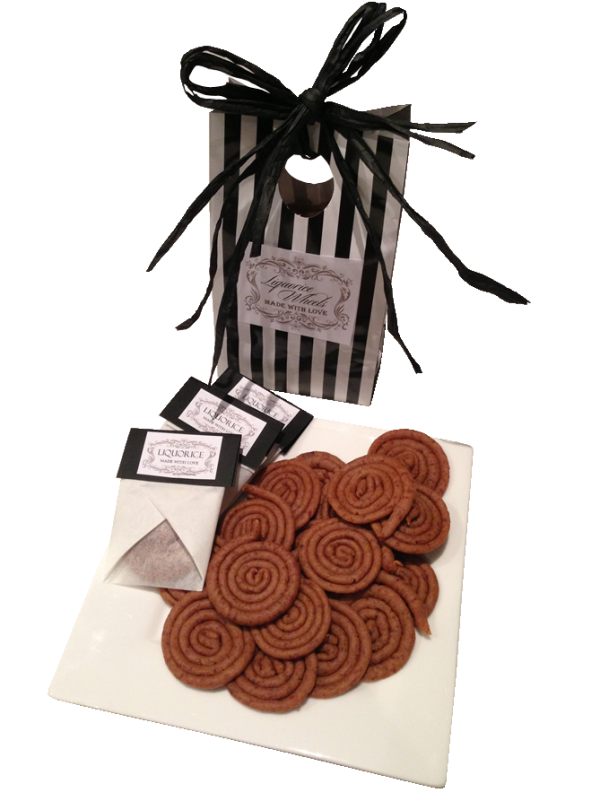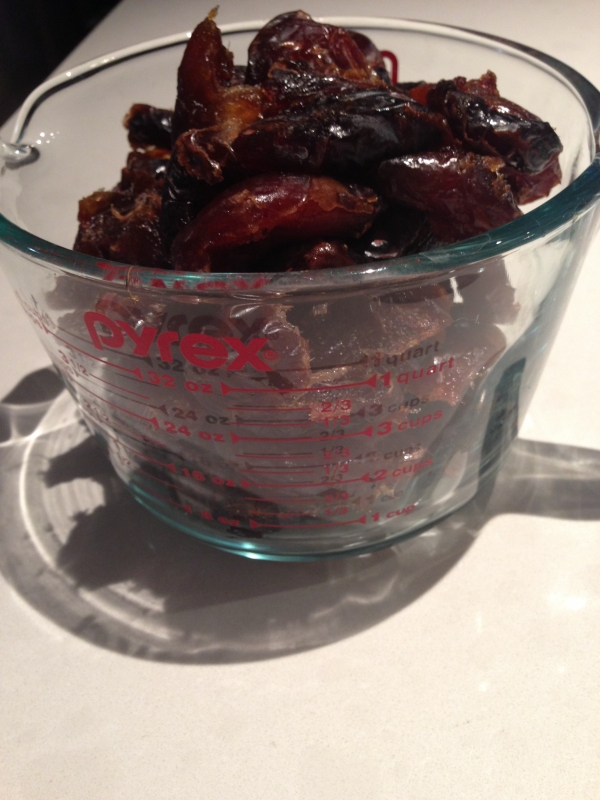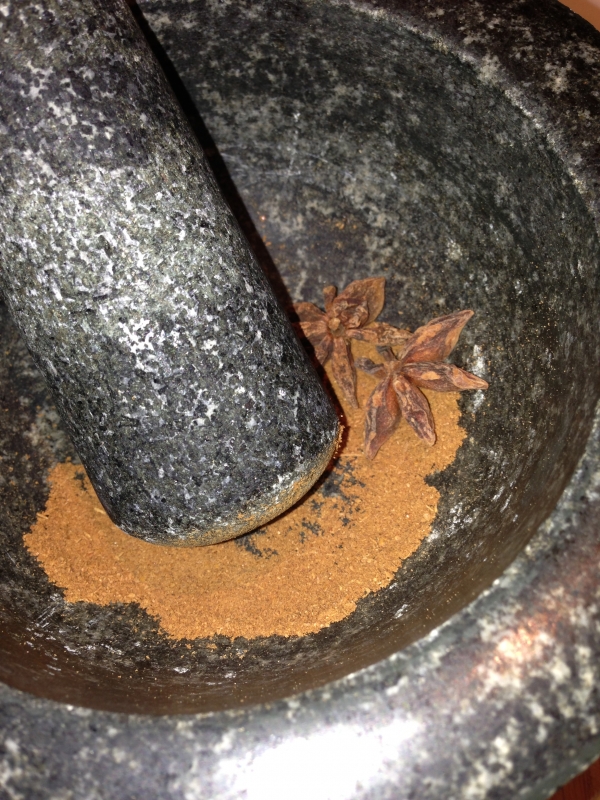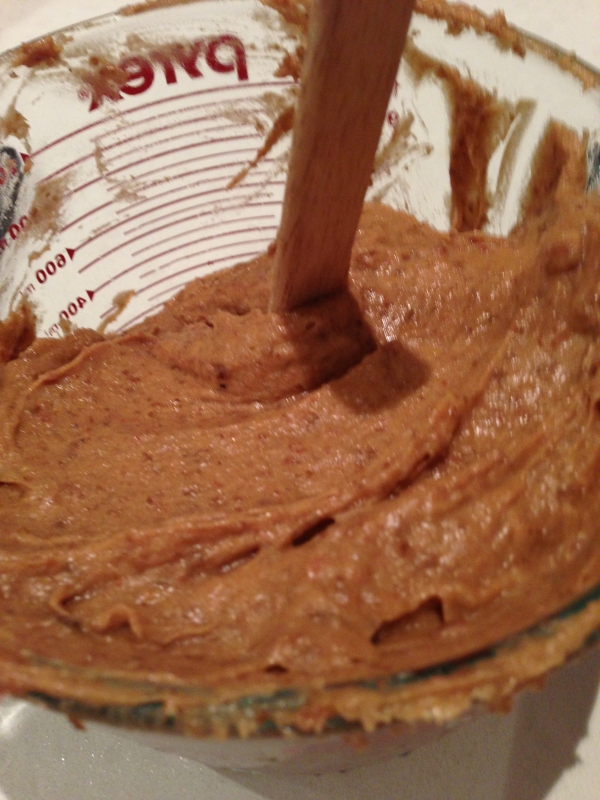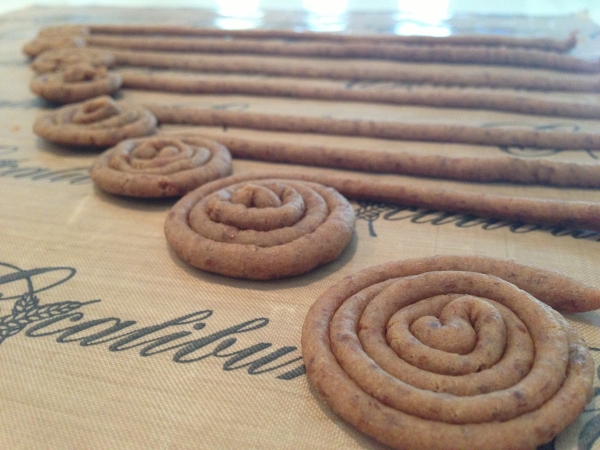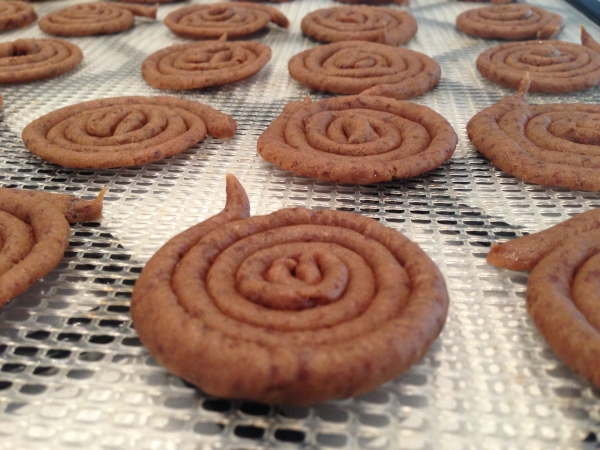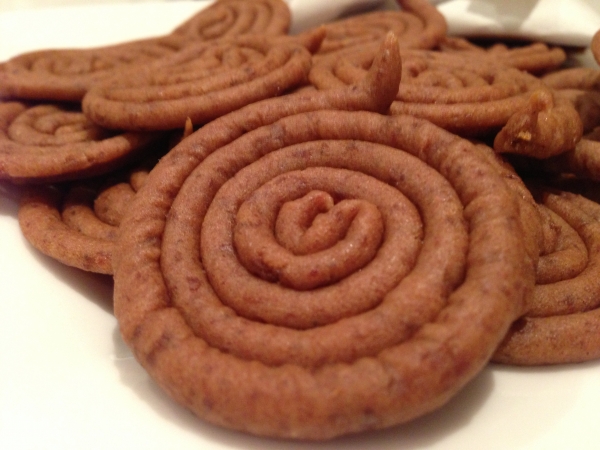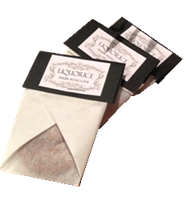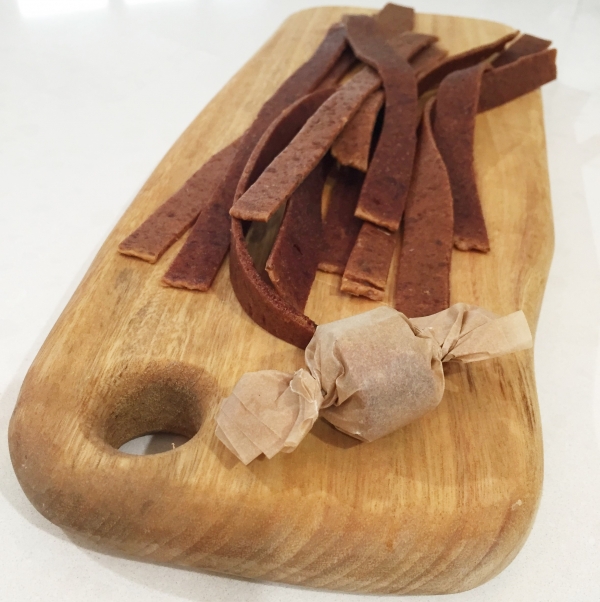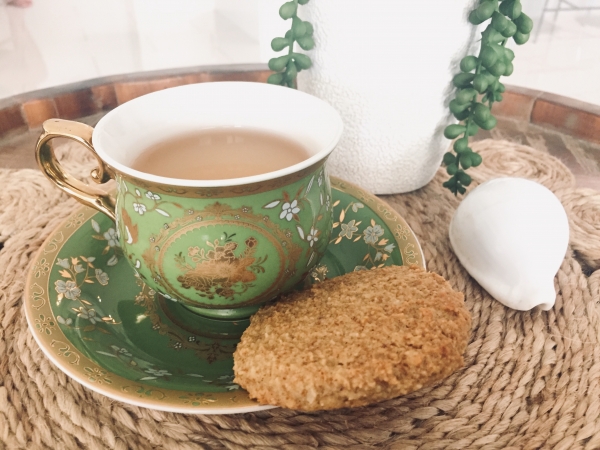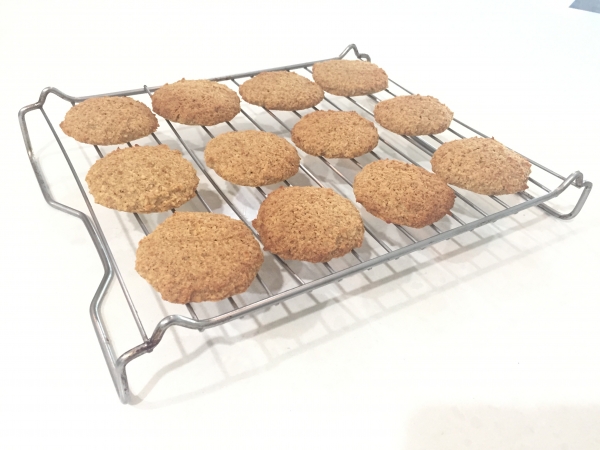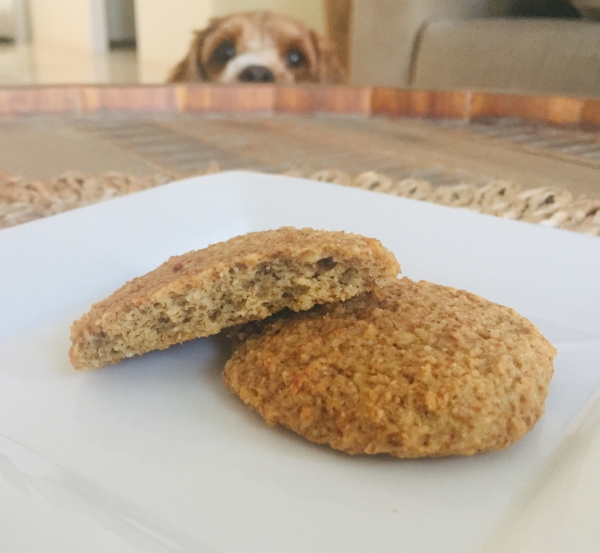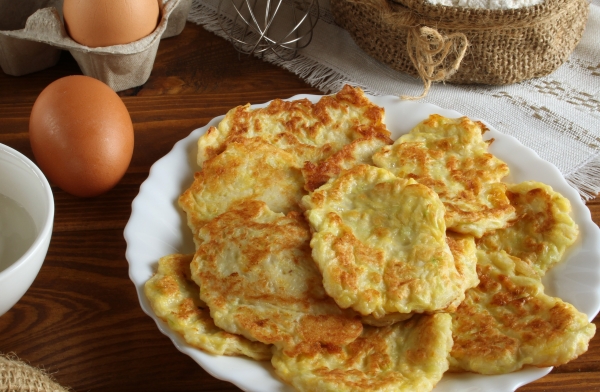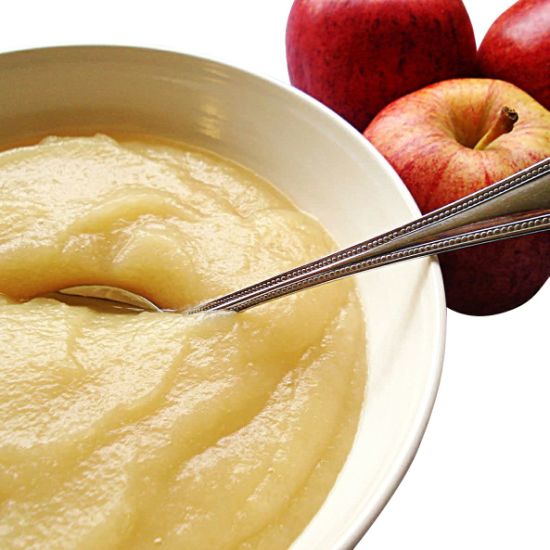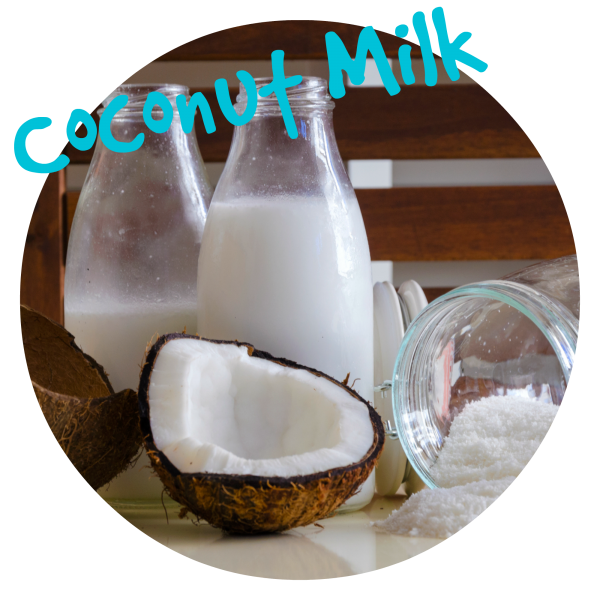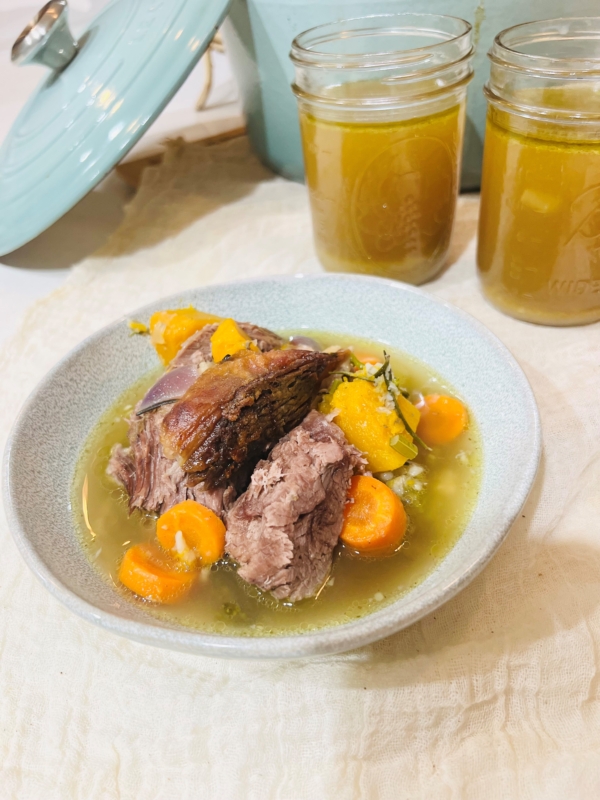Alternative Recipe Options
You can use any of the following meats (joint meats are easier to digest than muscle meats) Try to use a broad range of different meats each time you cook this meal.
- Shoulder of lamb
- Joint of pork
- Joint of beef
- Pheasant
- Quail
- Venison
- Whole chicken
- Turkey legs
- Lamb shanks
You may experiment by adding a variety of vegetables keeping a broad range in your diet, however make sure you are ready for them - Refer to clinical notes.
The fat content of these meals need to be quite high: the more fresh animal fats you consume the faster the recovery. Be sure to add fermented vegetables with every serving. If you are still in the introduction stage, avoid spices at this stage and only use herbs, salt, and bay leaves. This meal is easy to cook and provides you with a variety of options to choose from. If you make a large batch, this meal is easily frozen and defrosted and heated in a glass Pyrex dish with a glass lid in the oven. Cooking several of these meals and freezing them will allow you to have a break in the kitchen.
This method can be achieved with a slow cooker
Clinical Notes:
Introducing new food: If and when you introduce a new food, your patient’s symptoms of diarrhoea return, or pain or any other digestive symptom is experienced, then wait a week and try again after some more healing has taken place because this indicates that they are not ready for this food.
Avoid vegetables and consume only the meat and stock from this recipe if the patient is experiencing profuse diarrhoea. Vegetables should be added gradually until well tolerated and digestion improves.
*This recipe is appropriate for the GAPS Introduction Diet Stage Two - onward
